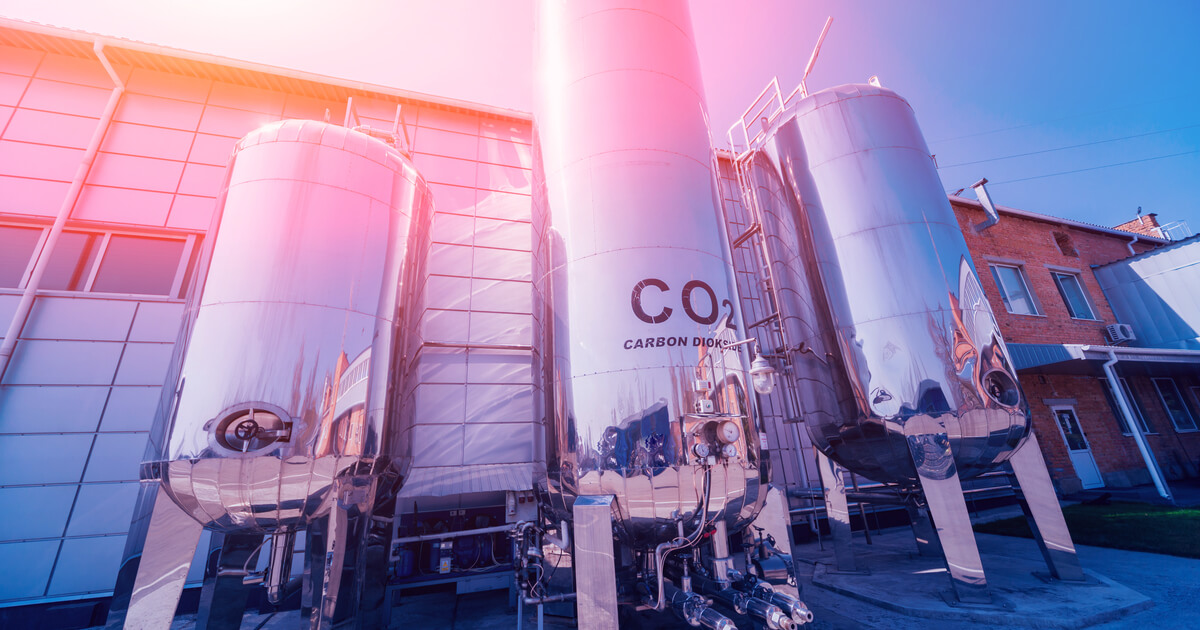
Opinions Global Market steel industry 687 21 February 2020
M&A activity in the sector is historically low
In 2015–2019, global merges and acquisitions in the steel industry were estimated at $47 billion (around $10 billion per annum). In 2019, M&A transactions approximated $6.2 billion, 40% down from the average of the last five-year period and more than half down from 2018.
The number of transactions in the sector is small, up to 10 per annum. One or two major deals could considerably increase the overall annual ‘price list’. Without regard for ‘mega deals’ exceeding $2 billion, M&A transactions in the sector average $6-7 billion per annum. In other words, the last year does not stand out from the common pattern.
As for global M&A activity, the value of deals in the steel industry is miserable, 0.4% of the total value on average, much lower than the sector’s 0.7% share in global GDP (with regard to direct effect only).
M&A activity in the sector is historically low notwithstanding the low level of concentration. The level has remained almost unchanged since the 1970s. This is evidenced by the dynamics of the Hirschman Herfindahl Index (HHI): 1.2% in 1970 and 1.29% in 2016 against the average of 11% for all industries.
Despite a seemingly high potential for concentration, investment bankers have other preferences — high-tech sectors, pharmaceuticals.
What is the reason for low mergers and acquisitions activity in the industry?
- The steel market is stagnating.The World Steel Association’s long-term forecast for global steel consumption growth is 1% per annum. Therefore companies’ development strategies are targeted at increasing competitiveness, not growth.
- Difficulties of integrating the merger object.Given excess capacity, it makes no sense to buy competitors when the buyer has its own unutilized capacity. This of course does not cancel transactions aimed at entering new markets, expanding the range of products or deepening metal conversion, but narrows down market possibilities. Effective integration of the purchase object, according to a survey by JP Morgan, is the most important factor that determines the success of M&A. This was stated by 23% of respondents.
- Companies do not seek to take risks.Their balance sheets are full of arrears. A Net Debt to EBITDA ratio in the industry has been exceeding 4.0 for a number of years, whereas the maximum acceptable value is 3.0. Furthermore, the industry badly needs investment in the wake of the decarbonization and digitalization trends. Purchase of obsolete assets means additional investment.
- Economic uncertainty.It is economic certainty, predictability that was ranked second by importance for M&A success (19% of JP Morgan survey respondents). Yet the opposite trend has been observed over recently. The industry depends on economic cycles. The current economic cycle has been lasting for 11 years. A recession is expected every year, with a likelihood growing every year. It seems that the cycle peaked in 2018. Therefore, the uncertainty keeps growing.
- High price volatility in the markets for metal products complicates the assessment. Meanwhile, companies’ valuations seem adequate. Average EBITDA multiples are 5.0–5.5. At the same time, most M&A transactions over the past few years have been concluded with companies with troubled assets. They are from countries with large steel markets where buyers see a sales potential. Such transactions are concluded at the lowest price, often on conditions of debt repayments or investment liability. Adequacy of valuation is deemed significant by 18% of JP Morgan respondents.
- Obstacles by regulatory authorities.M&A deals in Europe are impeded by antitrust authorities. A striking example is the blocked steel merger between Tata Steel and ThyssenKrupp. ArcelorMittal had to sell three plants to receive the right to buy Ilva. Approval from trade unions is also needed for M&A deals. Liberty House had some difficulties in negotiating the purchase of ArcelorMittal’s plants.
Stimulative regulation policy is not a guarantee of M&A activity either. Mergers and acquisitions in China’s steel industry are being encouraged by the government to restructure the sector and fight excess capacity. The Chinese government set a target — the top 10 companies should hold a 60% stake of the market by 2025. Although Chinese companies concluded 40% of a total of global M&A deals in the steel industry, their number is still small. As a rule, transactions of Chinese companies were focused on domestic objects. Still, it is important to note that in the past year or two, China targeted a number of European companies: British Steel, Huta Częstochowa.
What can increase M&A activity in the industry in the coming years?
- An economic slowdown may bring a new wave of deals with companies with troubled assets.
- Protectionism may prompt companies to M&A deals to enter the market.
- Changes in technologies may encourage the creation of consortia and alliances.
- Expansion of Chinese companies.
- Response to expansion of Chinese companies.
Conclusion
All the aforesaid suggests that no significant change in M&A activity in the industry is anticipated. The above risks will limit companies’ appetite for concentration. In the observed difficult market conditions, the industry sets other priorities.
Alternatively, an increase in the number of deals may be due to troubled assets, but this will not affect the total number of M&A transactions. The only exception may be mega deals in China where market players seek to dominate the sector.
Initially published on Liga.Net




